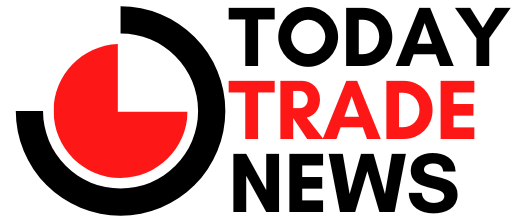
Highlights:
– DuPont’s upcoming split will result in a new company focused on healthcare, water, and diversified industrials.
– Key growth areas for the new DuPont include healthcare and water, both of which are expanding faster than GDP.
– The company aims for improved margins and stronger financial performance post-spin, despite challenges in valuation.
Introduction to DuPont’s Transformation
The corporate landscape is about to see a significant shift as DuPont prepares for its long-anticipated split. This strategic move, set for November 1, will lead to the creation of two distinct entities: the new DuPont focusing on healthcare, water, and diversified industrials, and Qnity Electronics, which is set to establish a strong position in the semiconductor sector. As DuPont disentangles itself from some of its various segments, this restructuring aims to sharpen its focus on markets where it sees the greatest growth potential and innovation.
The implications of this change extend beyond just corporate rebranding; they resonate within industries pivotal to modern society, such as healthcare and water management. With a significant portion of DuPont’s revenue now hinging on these areas, understanding the finer details of their post-spin focus is crucial for investors and stakeholders alike.
Core Business Transformation and Market Perspective
The new DuPont will operate primarily across four markets: healthcare (25% of revenue), construction (24%), water (22%), and diversified industrials (16%). This structure allows DuPont to leverage existing technologies and customer relationships, particularly in healthcare, where it claims that over 90% of the top 25 U.S. medical device manufacturers utilize its innovation. With a $13 billion addressable market, the healthcare segment is bolstered by growth trends like the rise of single-use systems and advancements in medical devices.
Water management is another key pillar for the new DuPont, especially as freshwater scarcity and regulatory pressures intensify globally. The company’s efforts in this sector are underscored by its crucial role in supplying ultrapure water that is essential for semiconductor manufacturing. Philosophically aligned with sustainability and environmental needs, DuPont’s commitment to its water segment not only enhances its portfolio but aims to address pressing global challenges.
Looking Ahead: Implications and Growth Strategies
While the immediate structural changes may clarify DuPont’s focus, they also prompt questions about the company’s future valuation. Historically, DuPont has faced challenges in gaining market appreciation compared to its peers, attributed partly to its past of acquisitions and divestments. However, management’s plans include targeting a 3% to 4% sales growth through 2028, alongside aiming for a substantial increase in operating margins.
To support its ambitions, DuPont is not only refining its core businesses but is also actively managing its portfolio, having recently announced the divestiture of its Aramids business, which includes the well-known Kevlar and Nomex brands. This move is likely to provide the capital needed to further invest in healthcare and water, sectors positioned for higher growth. The post-spin perception and valuation adjustments are crucial components that might ultimately drive shareholder value in this new era for DuPont.
In conclusion, DuPont’s upcoming split signifies more than a mere reorganization; it represents a strategic pivot towards areas crucial for future growth. How will this transformation impact investor confidence? Will the renewed focus on healthcare and water lead to improved market valuation? And how effective will DuPont be in driving sustainable growth across its new operational landscape?
Editorial content by Sierra Knightley














